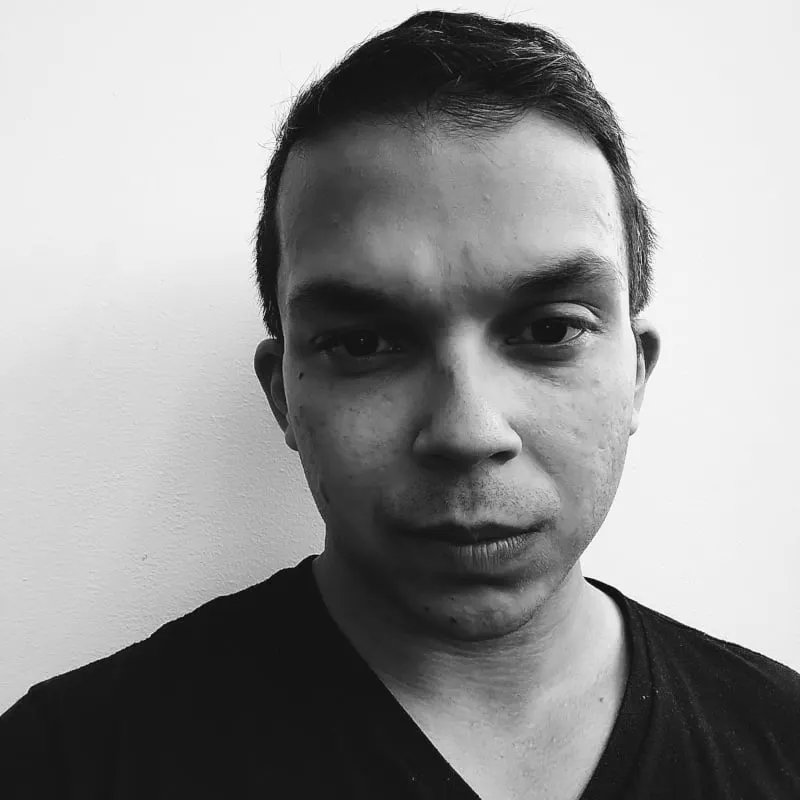Ready. Set. GHO.
Aave Companies is moving ahead to launch its new decentralized stablecoin, that will be native to its Aave Protocol, on the Ethereum mainnet.
Aave said in a release that its new stablecoin (the name is pronounced “go”) is designed to offer more transparency for users and will be minted through an array of collateral assets held by users across the Aave Protocol. By making use of this mix of assets, Aave says it will offer more flexibility to its users.
Right now, Aave already has pools that users can access for 30 Ethereum-based tokens, including other stablecoins like Tether and USDC. It also offers pools that count real-world assets, like real-estate, that can be tokenized for purchase or held as collateral.
A stablecoin is an entirely digital token that draws its value from its peg to a fiat currency or other asset. For Aave, issuing a stablecoin is meant to improve accessibility for users across its ecosystem at lower cost and improve efficiency within its market.
The idea of launching GHO first emerged through a proposal to the Aave DAO in June 2022. After receiving the community’s approval to go ahead, it was deployed in February to the Ethereum Testnet, a network used by developers to tinker with their protocols ahead of being deployed.
GHO differs from some of its stablecoin peers, like MakerDAO's DAI, in the way it can be minted through the deposited collateral. Unlike DAI which requires separate vaults for each asset used for minting, different types of GHO collateral can be deposited in one transaction.
True to its decentralized nature, Aave’s DAO will be responsible for adjusting interest rates, setting mint caps, and governing who will be allowed to mint GHO based on a set of predetermined conditions.
Minting will also be enabled by a set of users Aave calls “facilitators,” which go through an approval process from the Aave DAO to get this status. Depending on their class, a facilitator will have the ability to mint up to a certain amount of GHO, or offer redemptions between GHO and other assets.
Currently, the company only intends to launch GHO on Ethereum's mainnet, but the company said it would submit a multi-chain plan to the rest of the community for approval. Specifics weren’t available at the time of writing.

